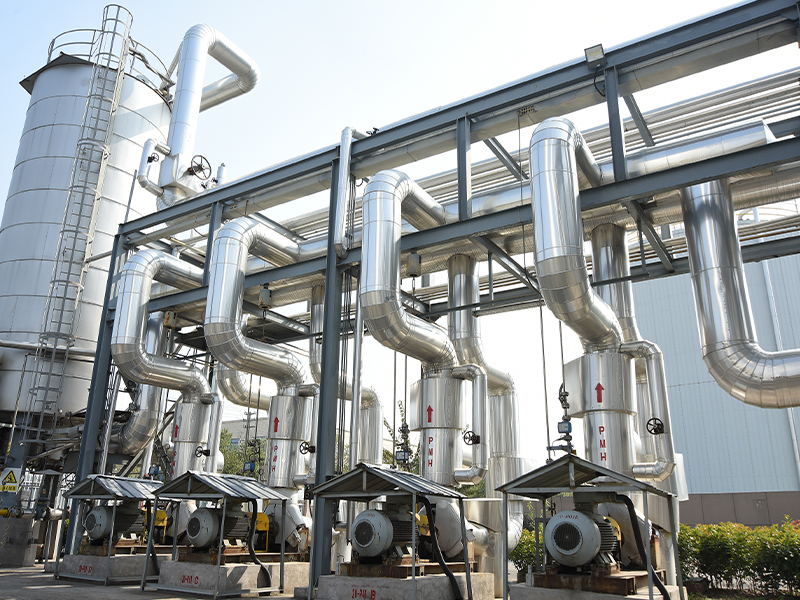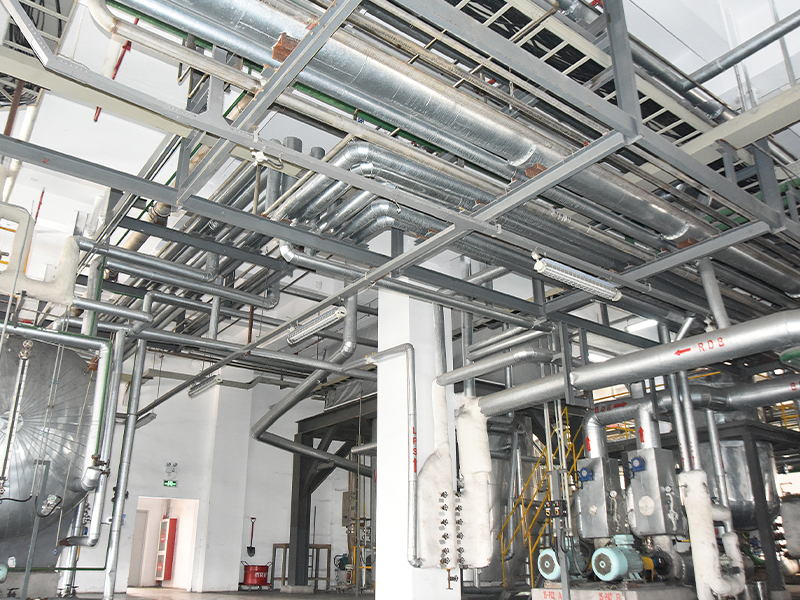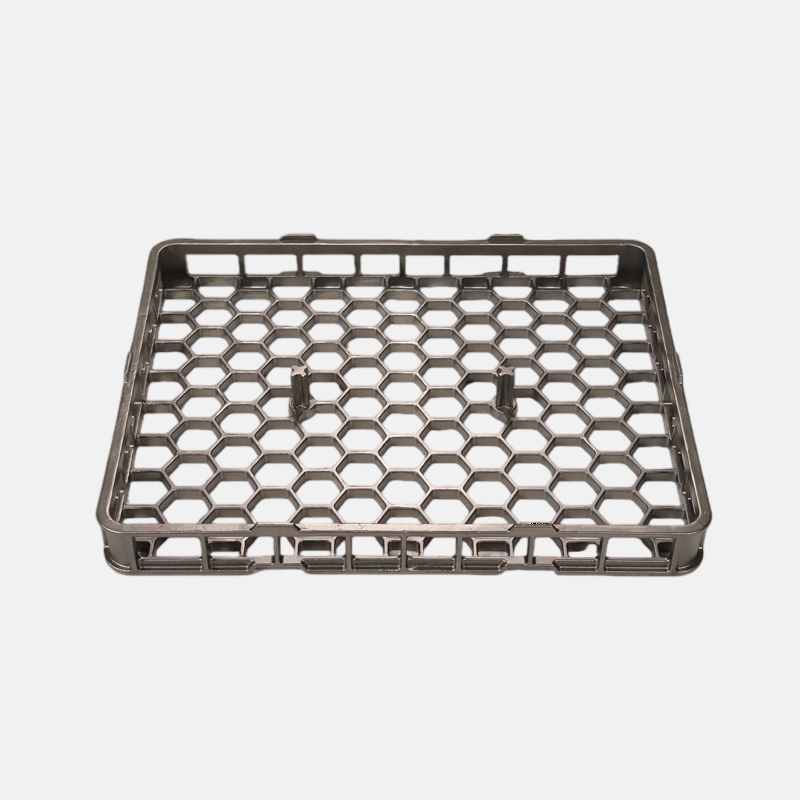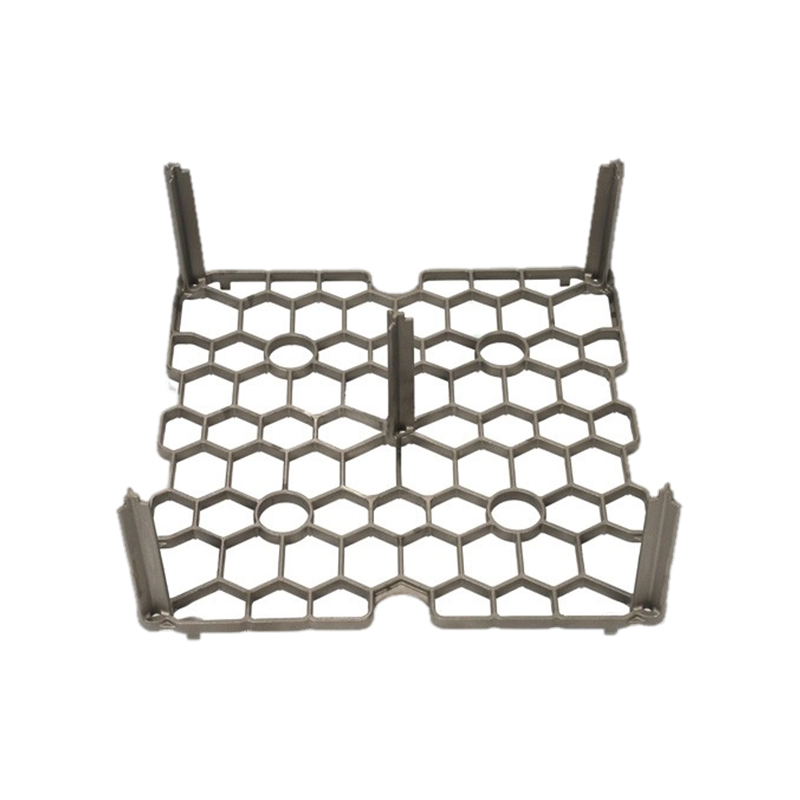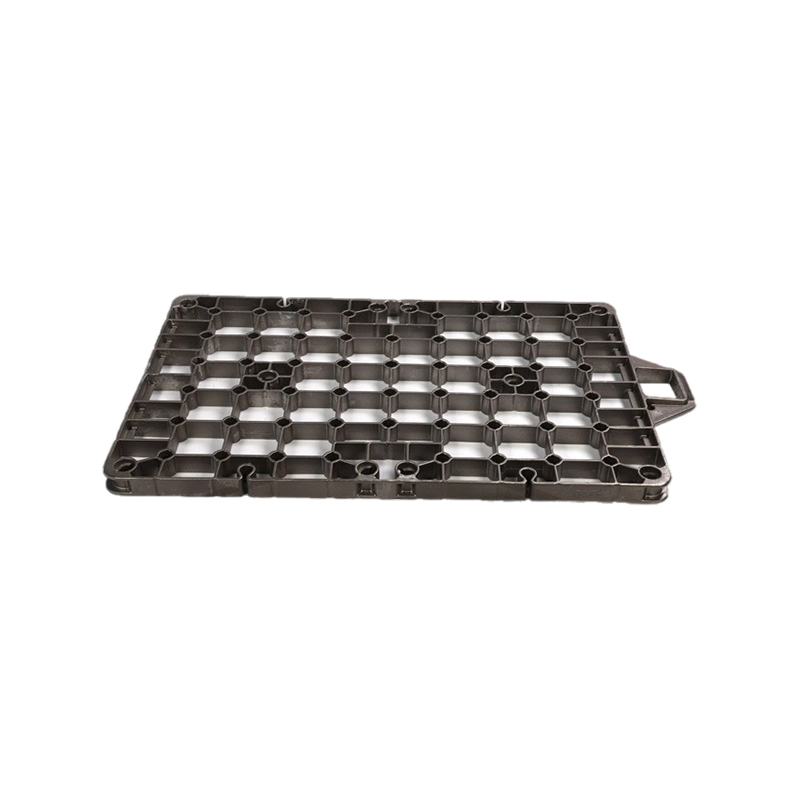Lost Foam Casting (LFC) is a precision casting process where a foam pattern is embedded in unbonded sand and molten metal replaces the pattern. Material selection is critical for success. This guide outlines the key material categories involved.
1. Pattern Materials (Foam):
The expendable pattern defines the final part geometry. Primary options are:
Expanded Polystyrene (EPS): The most widely used foam. It offers good dimensional stability during molding, readily available in various densities, and vaporizes cleanly. Lower density EPS (e.g., 16-20 kg/m³) is common for smaller, less complex parts; higher density (e.g., 24-30 kg/m³) provides better surface finish and strength for larger or more intricate patterns.
Expanded Polymethylmethacrylate (EPMMA): Used when reduced carbon defects are critical, especially in ferrous castings. EPMMA decomposes more cleanly than EPS, leaving less carbon residue. However, it is generally more expensive and can be more challenging to process.
Copolymers (e.g., STMMA - Styrene-Methylmethacrylate): Blends of EPS and EPMMA, aiming to balance cost, ease of use, and carbon residue. STMMA is increasingly popular for steel castings where EPS might cause issues but pure EPMMA is cost-prohibitive.
Specialty Foams: For specific applications requiring higher decomposition temperatures or unique properties.
2. Coating Materials:
A refractory coating applied to the foam pattern is essential. It serves multiple functions:
Refractory Base: Provides a barrier between the molten metal and sand, preventing erosion and metal penetration. Common bases include:
Zircon Flour/Sand: Excellent refractoriness and thermal stability, preferred for steel and high-temperature alloys.
Silica Flour: Cost-effective, widely used for iron and aluminum, but has lower refractoriness than zircon.
Alumina Silicates (e.g., Mullite, Kaolin Clay): Offer good performance for various metals.
Graphite: Often used in combination with other refractories, particularly for iron casting, to improve surface finish and reduce lustrous carbon defects.
Binder: Holds the refractory particles together and adheres the coating to the foam. Common binders include water-based colloidal silica, latex, and inorganic binders. Choice affects coating strength, permeability, and burnout characteristics.
Additives: Modify properties like:
Permeability: Critical for allowing pattern decomposition gases to escape through the coating into the sand. Additives like perlite or specific fibers can enhance permeability.
Wetting/Flow: Surfactants ensure even coating application on the hydrophobic foam surface.
Rheology: Thickeners control viscosity for dipping or spraying.
Drying Rate: Affects production cycle time.
3. Molding Aggregate (Sand):
Dry, unbonded sand surrounds the coated pattern and provides mold support.
Silica Sand: The most common and economical choice for many applications.
Olivine Sand: Used where higher heat capacity or lower thermal expansion than silica is beneficial, or to reduce silica dust exposure.
Chromite Sand: Employed for its high thermal conductivity and chilling properties in specific sections.
Zircon Sand: Offers excellent thermal stability and low thermal expansion but is significantly more expensive. Used for critical applications or thin sections.
Key Sand Property: Dryness is paramount. Any moisture can lead to gas defects. Sand is typically cooled and dried after reclaiming.
4. Casting Metals:
Lost Foam Casting is versatile, suitable for a wide range of ferrous and non-ferrous alloys:
Ferrous:
Gray Iron: Very commonly cast using LFC, benefiting from the process's ability to produce complex shapes with good dimensional accuracy.
Ductile Iron: Also widely used. Careful control of coating permeability and pouring parameters is crucial to avoid defects related to magnesium reaction gases.
Carbon Steels & Low Alloy Steels: Increasingly popular for complex components. Requires high-permeability coatings and often EPMMA/STMMA patterns to minimize carbon pickup.
Stainless Steels: Used for corrosion-resistant components. Requires stringent control over pattern decomposition and gas venting.
Non-Ferrous:
Aluminum Alloys: Extremely well-suited for LFC, allowing complex, thin-walled parts with excellent surface finish. EPS is almost exclusively used.
Copper Alloys (Bronze, Brass): Successfully cast using the process, often requiring specific coating formulations.
Magnesium Alloys: Used, requiring careful safety considerations during pouring due to magnesium's reactivity.
Material Selection Considerations:
Metal Being Cast: Dictates foam type (EPS vs. EPMMA/STMMA for low carbon needs), coating refractoriness (zircon for steel), and sand type.
Part Size & Complexity: Influences foam density (higher for complex/large patterns) and coating permeability requirements.
Surface Finish Requirements: Higher density foam and finer refractory coatings generally yield better surface finish.
Dimensional Tolerances: Foam properties and coating application consistency are critical factors.
Cost: Balancing performance requirements (e.g., EPMMA, zircon) against material costs is essential.
Summary Table: Key Material Categories
Summary Table: Key Material Categories
| Category | Primary Options | Key Function/Considerations |
|---|---|---|
| Pattern (Foam) | Expanded Polystyrene (EPS) | Most common, cost-effective, good stability. Varies by density. |
| Expanded Polymethylmethacrylate (EPMMA) | Cleaner decomposition, less carbon residue. Higher cost. | |
| Copolymers (e.g., STMMA) | Balance of EPS cost/processability & EPMMA decomposition. | |
| Coating | Refractory Base (Zircon, Silica, Aluminosilicates) | Barrier against metal/sand, thermal stability. |
| Binders (Colloidal Silica, Latex, Inorganic) | Holds coating together, adheres to foam. | |
| Additives (Permeability aids, Surfactants etc.) | Modify gas escape, flow, drying, strength. | |
| Molding Sand | Silica Sand | Most common, economical. Must be DRY and unbonded. |
| Olivine Sand | Higher heat capacity, lower expansion than silica. | |
| Chromite Sand | High thermal conductivity, chilling effect. | |
| Zircon Sand | Excellent thermal stability, low expansion. High cost. | |
| Casting Metal | Ferrous: Gray Iron, Ductile Iron, Steels, Stainless | Steel/SS often need EPMMA/STMMA & high-perm coatings. |
| Non-Ferrous: Aluminum, Copper Alloys, Magnesium | Aluminum very common, typically uses EPS. |
Successful Lost Foam Casting relies on understanding the interactions between these material systems. Selection must be based on the specific alloy, part requirements, and process parameters to achieve high-quality castings.
 English
English русский
русский Español
Español عربى
عربى
